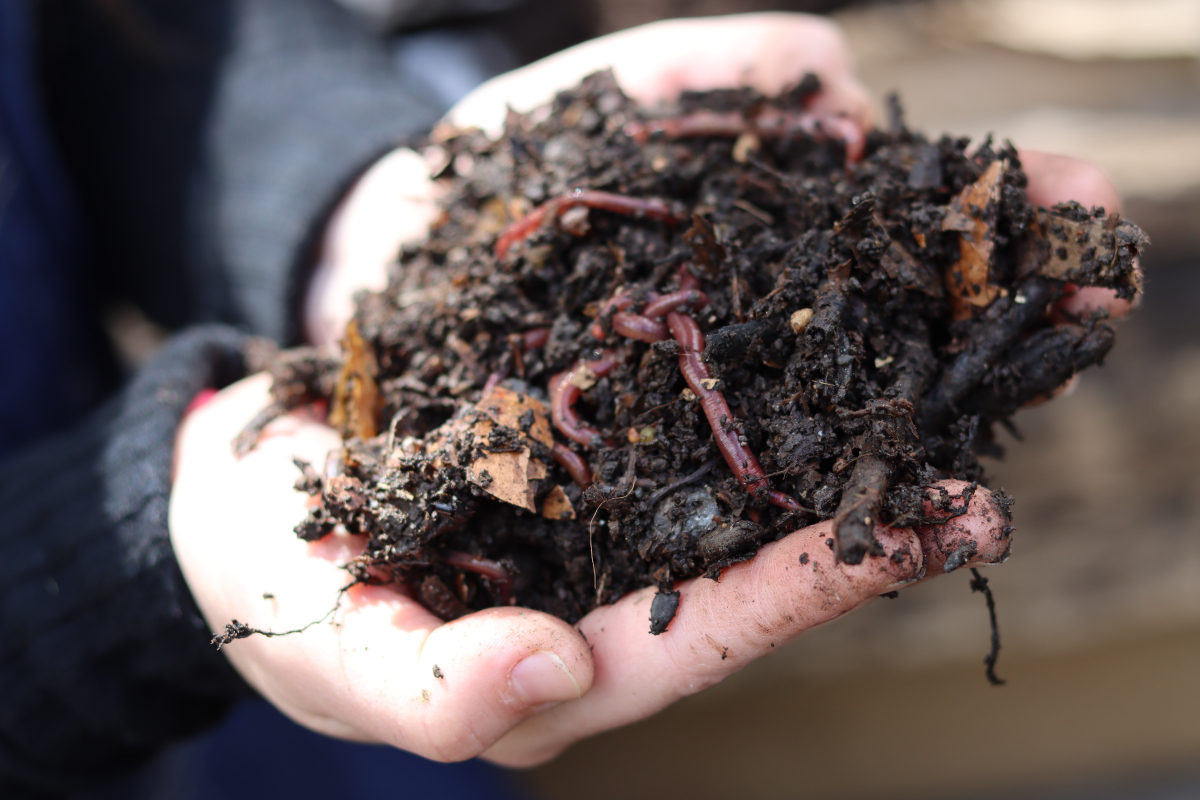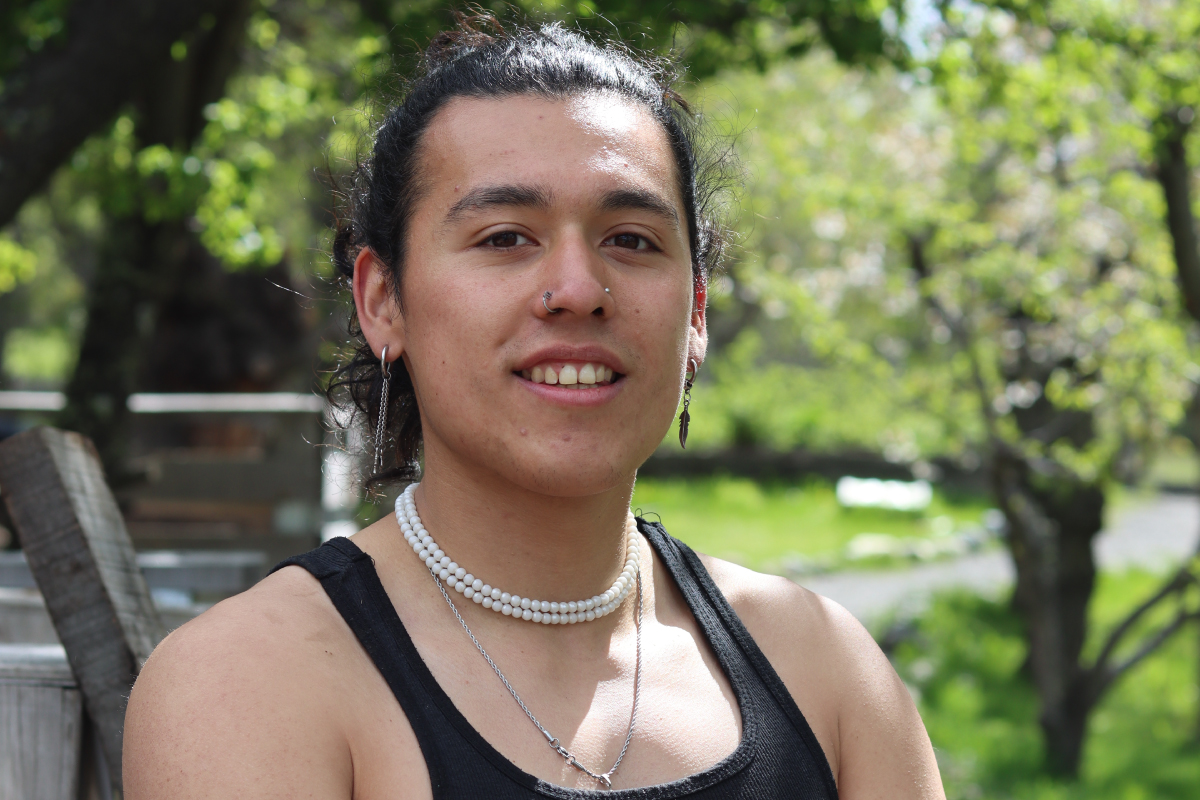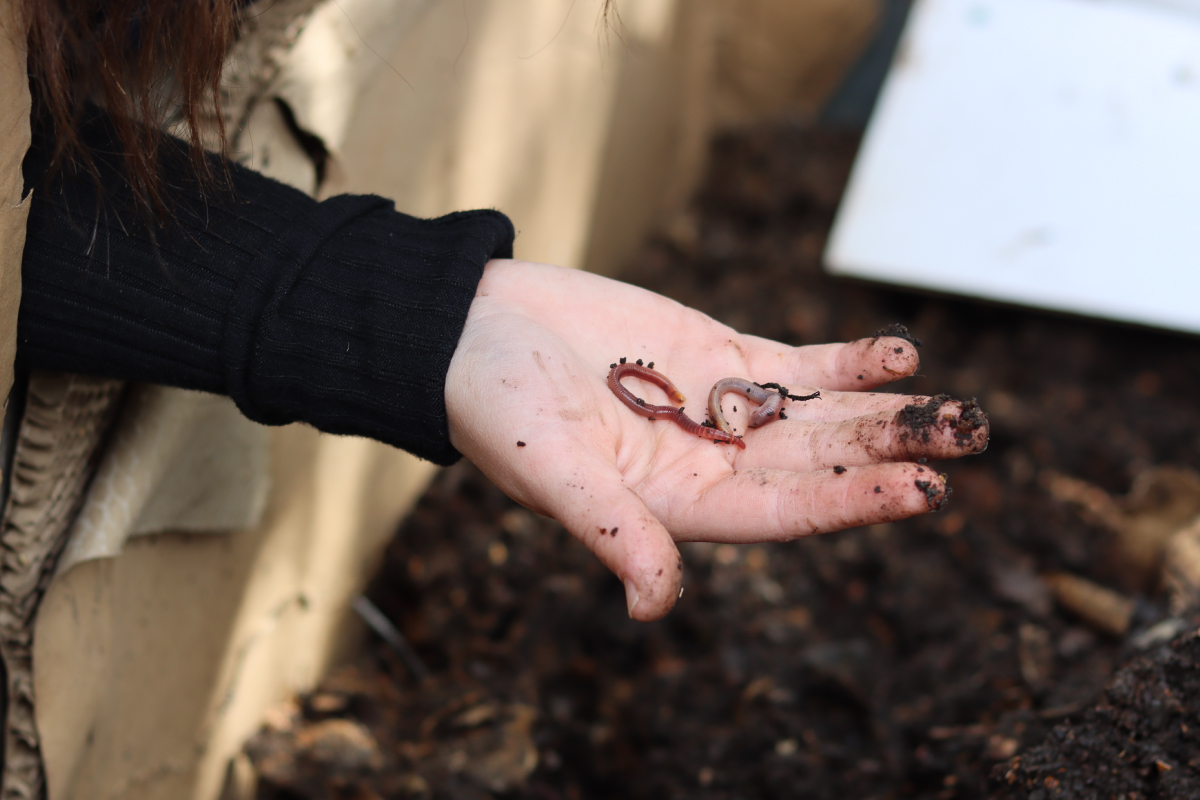At Las Torres Patagonia, there are many places that will surprise you. One of our favorites at Hotel Las Torres is the biointensive garden, an agricultural paradise located here in the heart of Torres del Paine National Park. It’s a great attraction for our visitors, as it offers the opportunity to learn about how we care for the food that we grow, harvest, and that you can later enjoy served by our kitchens. It’s also a place where visitors can learn about a key element of this process: composting.

Unlocking compost’s secrets
Let’s start with the basics: what is compost? Composting is a natural process by which organic waste is taken and transformed into fertilizer for the cultivation of different varieties of plants. Having natural compost, away from chemicals and artificial fertilizers, is essential to produce the delicious food that we consistently harvest from our garden.
The process begins with the collection of waste by our maintenance team, who visit the kitchens to collect different types of food waste that can be composted, like unseasoned vegetables and fruits, eggshells, and coffee beans. These are then taken to the garden and weighed to measure how much waste comes in, and how much is composted at the end of the process.
This is where Gustavo Cárdenas, our garden’s compost expert, comes in. He ensures the normal functioning of the compost piles, and sees that the compost develops correctly according to the needs of each stage.

Under the ground: Everything that goes on in the compost piles
“The compost piles work by means of different layers that alternate vertically, with a wet layer and then a dry layer,” explains Cárdenas. The wet layer comes from the organic waste where phosphorus, potassium, and nitrogen are concentrated, while the dry layer is made of pieces of cardboard that hold the carbon.
One of the essential players in this process are the Californian earthworms, also known as red worms. These oligochaetes, or earthworms, facilitate the decomposition processes of organic matter as they feed on organic materials to transform them into simpler substances, which also fosters the appearance of decomposing microorganisms.
The piles are covered in order to maintain darkness and favor humidity, and also temperature conditions. It is worth mentioning that our composting area is located in a sometimes adverse climatic context, since Patagonian weather can surprise us one day with rain, prolonged winds, snow, and even sunny days with high temperatures. In consideration of these factors, Cárdenas is constantly working to ensure that the compost process stays on track.

The compost pile can reach a height of one and a half meters, all in all, which has to be turned periodically so that it can receive the necessary air in each of its layers. After a month and a half, a pile can be considered ‘mature’ compost, and can then be applied as fertilizer for the crops.
We process an average of nearly 17 thousand kilograms (that’s 37,478 pounds) of organic waste per season in our biointensive garden, though amounts vary. Thanks to the efforts of our maintenance and garden team, we’ve improved this process by increasing the amount of natural fertilizer we produce, which in return allows us to harvest nutrient-rich crops to feed our visitors and our staff.
Composting is a whole world in itself, and we invite you to learn more about it first hand! Come to Hotel Las Torres and join an inspiring tour where you will learn all the secrets behind our composting process in the southernmost biointensive garden in the world.